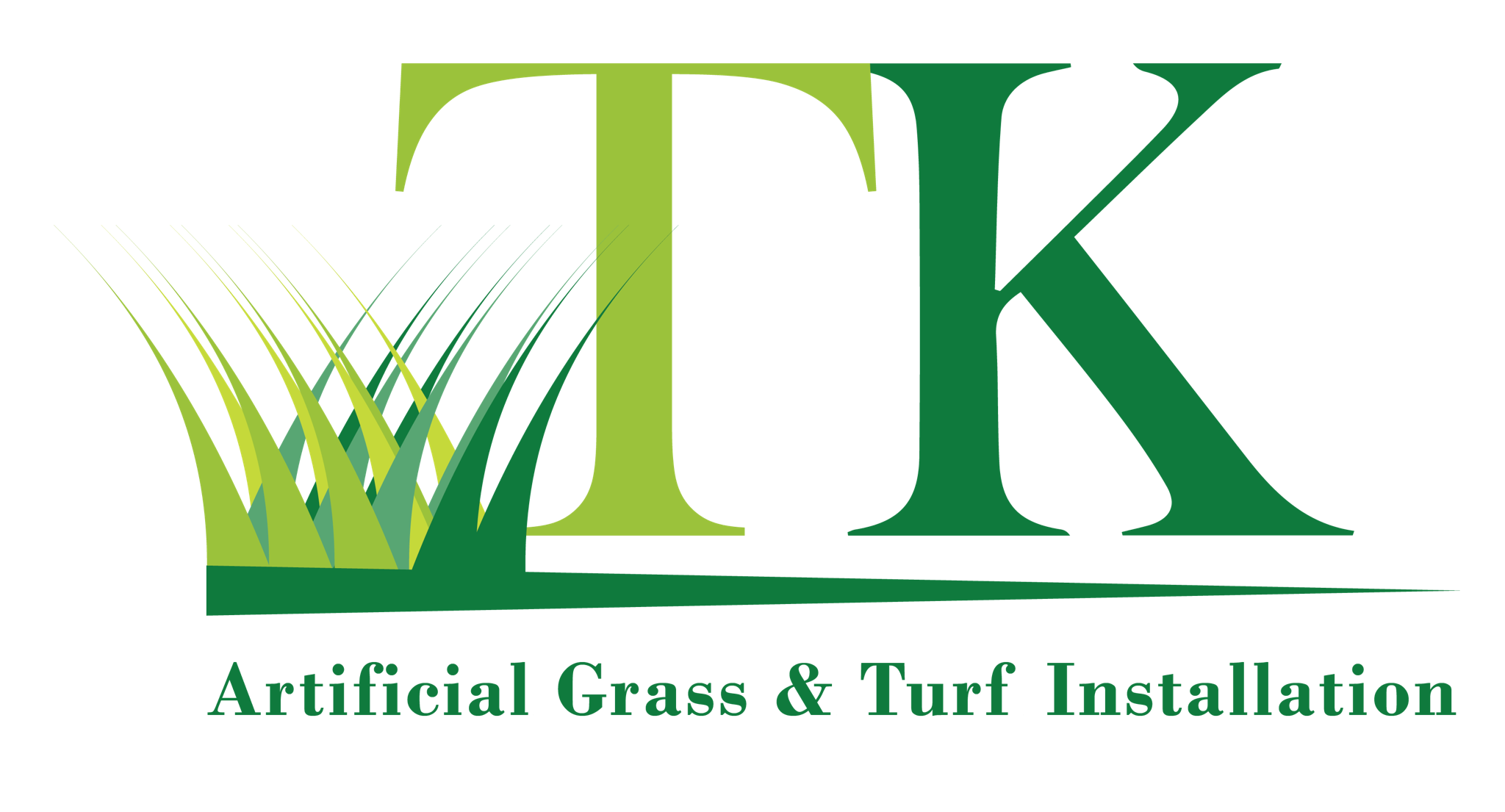If you’ve been thinking of installing an artificial grass lawn, it’s important to find a professional who can do the job right. You will save money and time if you hire a company with experience. It’s also possible to do the installation yourself if you have the tools and skills.
When you are choosing a contractor, make sure to check their licensing, insurance, and Better Business Bureau rating. The warranty is important as well. A good warranty will cover the cost of repairs if the turf fails.
A professional installer will have specialized equipment for installation, including a turf cutter, a plate compactor, a power broom, and a turf gripper. They will also provide top-quality drainage to prevent mosquitoes from infesting your new lawn.
There are several different types of synthetic grass available. These include nylon, polyethylene, and polypropylene. Nylon is commonly used for sports fields. Polypropylene is more softer and can be used for putting greens.
Artificial grass is usually installed on a patio or shed wall. It can be attached to other landscape elements as well. This gives you a green outdoor space all year round. However, it can be difficult to tell the difference between a real grass lawn and an artificial one.
Synthetic grass is a great addition to your home. Not only does it look better, it can be more cost effective to maintain than natural grass. Investing in an artificial lawn can also help reduce your monthly water bill.
Infill is the final step of your synthetic grass installation. After your sand and gravel base is in place, you will need to install infill. The infill system is what will filter down into the turf. Sand, fines, and rocks can be added to create a solid mass for your infill.
Before you begin, you will need to determine the size of your yard. The size of your yard will affect the cost of your project. Larger areas will cost more. On average, the cost of the base, infill, and seaming tape is $6 per square foot.
A professional installation can take two to three days. Four trained landscapers can complete an average installation. Professional companies can also rent all of the tools needed for the job.
Seaming is the most challenging aspect of installing artificial grass. Seaming is usually done with seaming tape, nails, or seaming glue. Nails are a cheaper option for large installations, but they are likely to become loose over time.
A great infill system can enhance the durability of your synthetic lawn. The infill should be about 70 percent solid mass and 30 percent fines. Any installation that exceeds this ratio can result in wrinkling, unevenness, and other problems.
Once you have determined how much to invest in your new artificial lawn, you’ll need to decide how you’re going to install it. Do-it-yourself is an easy way to save on operation and subbase costs, but professional installation is guaranteed to produce high-quality results.
Check out our blogs to learn more today!

Recent Comments